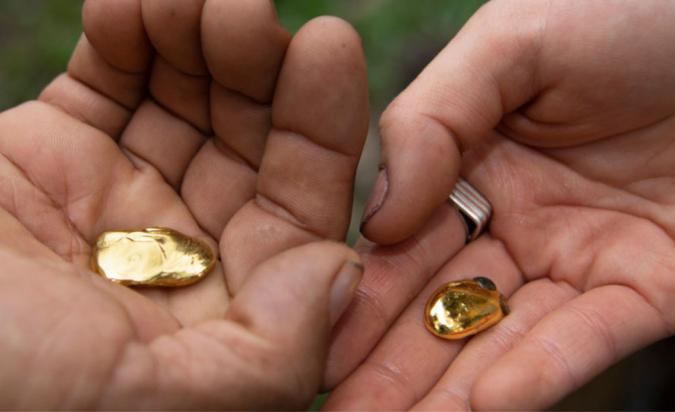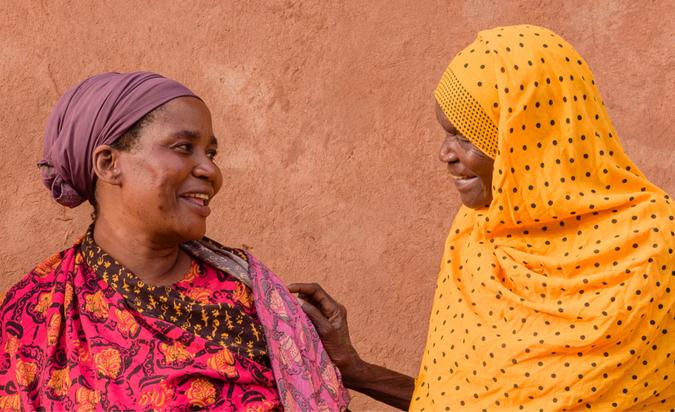Have a question?
We're happy to help
Jewelry Redefined
We are pioneers. We are disruptors. We are innovators. Join us in transforming the jewelry industry for good.

“We started Brilliant Earth in 2005 to raise the ethical standards of the diamond industry and to create a new way to buy beautiful fine jewelry.”
— Beth Gerstein, CEO & Co-Founder
Our Beginning
In 2004, Co-Founder and CEO Beth Gerstein couldn’t find a diamond engagement ring that was ethical, sustainable, and traceable. She wanted the sparkling symbol of her commitment to represent more than love: the perfect piece would also respect the planet and protect its future. On a mission to make the jewelry industry more sustainable and ethical, Beth — alongside Eric Grossberg — founded Brilliant Earth in 2005.
From that first step through today, we've revolutionized the way jewelry is sourced, crafted, sold, and worn. We do not compromise between quality and conscience — and neither do our customers.
Our Mission to cultivate a more transparent, sustainable, compassionate, and inclusive jewelry industry has been at the core of everything we do from day one. It's in our DNA.
Our Mission Pillars

Transparency
We know where our precious metals and gemstones come from and how our jewelry is made. And we share that information with you — so you can feel good about the jewelry you're wearing.

Sustainability
We use recycled and sustainable materials, apply energy-efficient practices, and minimize our carbon footprint.

Compassion
We care about and are committed to our communities, our employees, and the people who help to bring our jewelry to life.

Inclusion
We support and invest in our diverse teams to ensure every employee knows that they belong, and our designs are always crafted with inclusivity in mind.
Forever Forward
We take pride in our successes and focus on the future. We constantly look for new ways to push our Mission forward, leading the industry to greater heights by setting ambitious goals — and achieving them.
Recycled Metals
Today, 96% of our gold and 97% of our silver is recycled. By 2025, 100% will be recycled or Fairmined.
Circularity
Recycled materials. Timeless designs. Lifetime warranties. And trade-in programs that give your jewelry new life.
Zero Waste
No single-use plastics by 2025. Zero waste in showrooms and offices by 2030.
emission reductions
We have committed to setting near-term company-wide emission reductions.
The Brilliant Earth Difference

Expertly Designed Jewelry
Award-winning designers in our San Francisco studio dream up each piece, considering every aspect of the distinct design. Then, artisans with masterful attention to detail bring our jewelry to life, so you can wear it forever.

Every Piece Crafted Ethically
Every aspect of our jewelry is ethically crafted, from the minute the materials are sourced, to the moment you put it on — because we believe you should feel good about what you're wearing.

Uniquely Yours
We craft our jewelry joyfully, and just for you. Whether it's a made-to-order, one-of-a-kind engagement ring or a personalized piece of fine jewelry, our designs reflect the unique story of who you are.
The Brilliant Earth Experience

We're Here for You
Appointments are relaxed, joyful, and tailored to you. Whether it's a milestone moment or an everyday luxury, we're here to help you start your stack, find your fit, and design the perfect piece.




